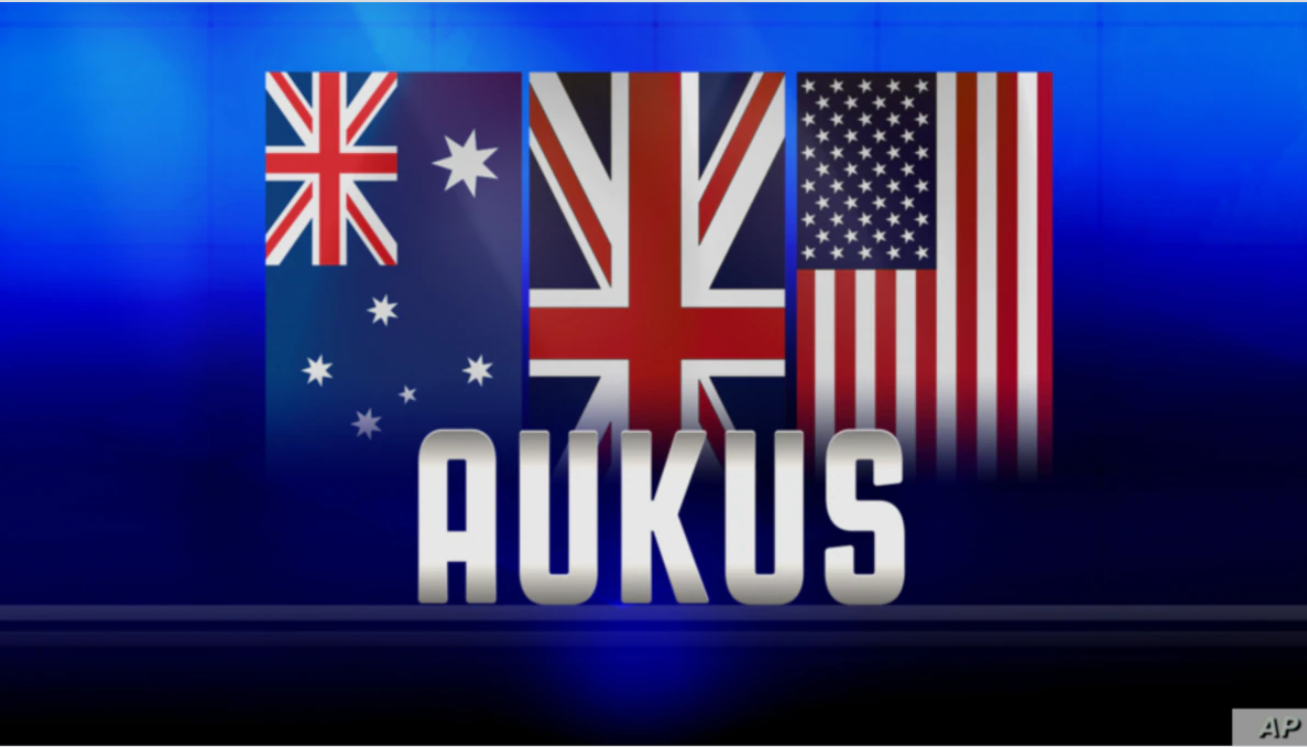Part 1 of 2 Parts
Port Kembla is a town south of Sydney in Australia. In 1938, the dock worders refused to load smelted iron ore intended for military production in Japan for its war against China. Alexander Brown is with the anti-nuclear organization Wollongong Against War and Nukes. He suggested that that bit of history is a good reason that Port Kembla not be used as a defense base for Australia’s new nuclear submarines. He also said that “We're a city of peace, and we're a city of renewable and sustainable employment. We don't want to turn into a defense industry town. If nuclear submarines are based here in Port Kembla, we're looking at accident risks for us, for sea life, for the ecosystem that we all depend upon.”
The reason for Brown’s concerns is that Port Kembla is being considered as a ten-billion-dollar east coast nuclear submarine base location. Newcastle and Brisbane are also under consideration.
Debra Murphy is with the Illawarra Regional Development Australia organization. She feels that Port Kembla should embrace the opportunity. She said, “If we had four submarines, we believe that we would get 7,000 jobs, and the majority of those would be high-value jobs, high paying jobs. The word 'nuclear' creates fear. However, we know that the potential issues around nuclear can be managed really effectively, like it is, for example, in Lucas Heights where the (ANSTO) nuclear reactor is.”
In addition to the base proposal, the historic AUKUS agreement to deliver eight nuclear-powered submarines remains a work in progress during its initial eighteen-month consultation period. (AUKUS is a trilateral security pact between Australia, the United Kingdom, and the United States, announced on 15 September 2021 for the Indo-Pacific region. Under the pact, the US and the UK will help Australia to acquire nuclear-powered submarines.)
Last Monday, Defense Minister Peter Dutton announced the allocation of three hundred and eighty million dollars to upgrade the periscopes on the existing Collins Class fleet of submarines and to keep them relevant in the current strategic environment. He refused to comment on when the new submarines would be constructed and put into service. He also refused to say what percentage of construction would happen in Australia. Under the previous agreement with France for the construction of a fleet of diesel- electric submarines, there was a public pledge by Australian officials to spend sixty percent of the contract value of the submarine construction budget in Australia. Mr. Dutton said, “I hope that it'll be higher than 60 per cent… we haven't yet chosen what boat (UK or US nuclear design) we're going with… I think you'll be pleasantly surprised. We will see more not less being built here in Australia and I'm very confident with the discussions we've had with the US and the UK that I just think there is more blue sky here than what people realize.”
Rex Patrick is a South Australian Independent Senator and a former submariner. He claimed that the language around a local base was too vague. He said “Every day, it looks more and more likely that this submarine will be built overseas. The government keeps squeezing on the schedule and that means that they have to reduce risk wherever they possibly can. The Australian Strategic Policy Institute has predicted that this project will cost about $170 billion. An overseas build is the exporting of $170 billion of taxpayers' money and thousands of Australian jobs to foreign shipyards.”
Please read Part 2 next
